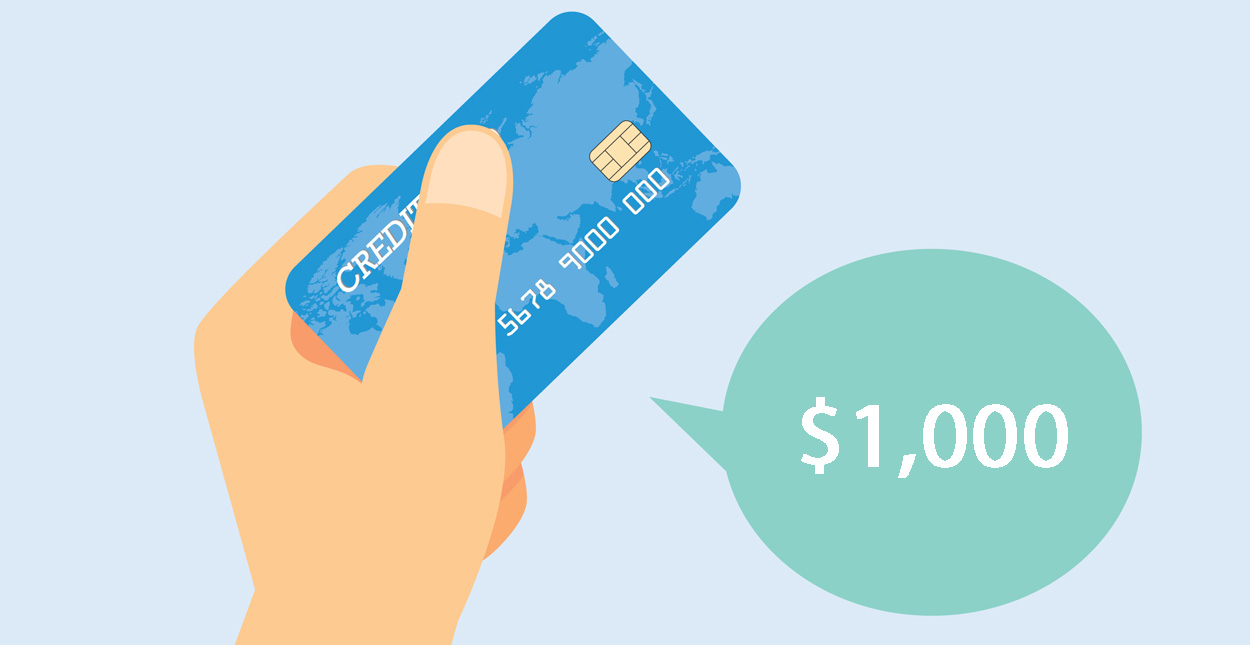When you need to get a credit card, there are a number of things that you will want to keep in mind. Some of these things include how much debt you have, how long you have been out of school, how many lines you have, and how your income and debt to income ratio is. If you don’t follow these guidelines, you may not be able to qualify for a card.
Table of Contents
Debt-to-income ratio
If you’re looking to get approved for one, you should consider your debt-to-income ratio. The higher you’re DTI, the less likely you are to be able to repay your loan. In addition, it can reduce your ability to save money for future expenses.
It’s also important to pay as much of your debt as possible. This will help you to reduce your overall debt more quickly. You should create a monthly budget to help you achieve this. You may be able to reduce your debt by taking on a side job or by asking for a raise. Using extra cash to make additional debt payments can help you to lower your overall debt more quickly.
You should also recalculate your debt-to-income ratio each month. A low DTI shows that you can repay your loan on time and can qualify for financial products in the future. You should also postpone making large purchases until you have a little more cash in your pocket. This can help you to build a larger down payment.
If you have a high debt-to-income ratio, it may limit your options for an expensive home loan. However, a low DTI can help you to qualify for a more reasonable loan here: kredittkortinfo.no/på-minuttet/. A high DTI can also be a signal that you have money issues. If you have a DTI of over 50%, this may mean you are struggling to meet your debt obligations.
If you have a high DTI, you can improve your chances of approval by reducing your current debt or increasing your income. Lenders will use your DTI to determine if you’re a good candidate for a loan. If you have a high DTI, your lender might impose stricter terms, including a higher interest rate.
Credit score
If you have a high credit score you have a better chance of getting approved for one. However, if you have a low score you may not be able to get a card at all. A credit score is calculated from your credit report and gives lenders an idea of how likely you are to repay debt. It’s a three-digit number containing information about your past credit accounts and spending habits.
A high credit score can mean lower interest rates, more credit products, and more access to credit. To boost your credit score you need to be responsible with your bills. Make sure you’re paying your bills on time, disputing incorrect charges, and keeping your balances low.
Obtaining a credit report is one of the easiest ways to find out what’s holding you back. It will give you the details on how much debt you have, your payment history, and the length of your credit history. You should also check to see if there are any errors on your report. If there are any, it can be an easy fix.
Applying for too many cards
If you are considering applying for a new one, you should not apply for more than one card per week. This will help you to avoid the trap of carrying a balance on one card while using another to cover expenses. You may also qualify for a better interest rate.
Some lenders are known to charge a premium for applicants who try to rack up too many new cards in a short period of time. For instance, Capital One requires you to wait six months before obtaining a new card. The bank may also require you to close any existing card before allowing you to open another.
The most important thing to know is to know which card is for you. You can do this by setting up automatic bill pay. There are also several apps available on the market that will allow you to sync your banking accounts and payment information. These features will make managing multiple accounts a breeze.
Effects of the COVID-19 pandemic on account payments
The effects of the coronavirus pandemic on getting approved for account payments can be seen across the US. The economic lockdown that followed the outbreak has altered consumer behavior. Aside from changes in spending habits, new regulations and technologies have also emerged. This is an opportunity for payments institutions to revisit their strategies and reimagine the world post-pandemic.
Payments institutions can re-evaluate their strategies for targeting cardholder spending. They can do this by updating the infrastructure that supports payments. This can make payment transactions more seamless, and increase customer satisfaction.
Payments institutions can also offer relief options for consumers. This can include lower interest rates, temporary forbearances and relief from late fees. It’s important for consumers to know their rights and how to contact their service providers. In addition, payment institutions can also redesign their traditional payment products.
This could reduce the stress of card users who are in collections. It can also improve customer satisfaction, and lower collections costs. Several payment institutions are already focusing on recovery plans. Others are looking to create strategic partnerships to distribute benefits to consumers.
There are also opportunities for payment institutions to innovate in order to create a social impact. This can be a way to re-energize the payments industry and reignite performance. The CARES Act has allowed lenders to pause payments on certain loans. It also modified credit reporting. While these changes have not resulted in significant increases in credit scores, economists are interested in learning why.
In addition to evaluating payments trends and credit health, payments institutions should consider how they can provide guidance for those impacted by the coronavirus pandemic. This may include offering guidance on paying taxes, making housing payments and repaying government issued loans.





